Backyard Design Fort Worth
Backyard Design in Fort Worth
Backyard design transforms your rear yard from wasted space into outdoor living areas you'll actually use—not just grass that needs mowing and maybe a sad patio from the builder. Most Fort Worth backyards sit empty because nobody planned how to use them—no shade so summer makes it unbearable, no defined spaces for entertaining or relaxing, drainage problems creating muddy messes, zero privacy from neighbors staring into your space. We design backyards for how Fort Worth families actually live—outdoor kitchens getting used year-round, covered patios providing shade during brutal afternoons, fire pits for mild winter evenings, play areas for kids that don't look terrible, dog-friendly zones holding up to wear, gardens tucked into landscapes, privacy screening creating secluded retreats. Properties throughout Fort Worth have wildly different backyard situations—small urban lots in Fairmount maybe 30x40 feet requiring efficient design, sprawling half-acre yards in Aledo needing definition and purpose, established properties in Tanglewood with mature trees shaping designs, new construction in Walsh Ranch starting as blank slates. Your backyard should extend your living space outside—designed for your specific lifestyle, Fort Worth's climate realities, your property's unique conditions and challenges. We've designed hundreds of Fort Worth backyards—family entertaining spaces, private retreats, outdoor kitchens rivaling indoor setups, kid and pet paradises, low-maintenance sanctuaries for busy professionals—creating outdoor rooms people use constantly rather than neglected yards full of potential but zero functionality.

Understanding How You'll Actually Use Your Backyard

Lifestyle assessment drives everything—how many people typically gather, do you cook outside regularly, kids or pets in the picture, maintenance tolerance realistic, entertaining frequency honest evaluation. We ask detailed questions—avoiding generic designs that look nice but don't match actual use patterns. Family with young kids needs different backyard than empty nesters, serious outdoor cooks require different setup than occasional grillers, low-maintenance preferences dramatically affect plant and material selections.
Entertaining patterns shape spaces—intimate dinners for four need smaller areas than regular gatherings of 20, casual cookouts require different features than formal outdoor dining, frequency of use determines investment justification. Over in neighborhoods like Westover Hills and Rivercrest, we design elaborate entertaining spaces—outdoor kitchens, multiple seating zones, sophisticated lighting—properties where outdoor entertaining happens constantly justifying substantial investment.
Kids and pets require durable resilient designs—play structures integrated thoughtfully not dominating yards, turf varieties handling traffic, mulched areas absorbing falls, sight lines allowing supervision from main gathering areas. Dogs are particularly tough on landscapes—designated potty areas, durable groundcovers in high-traffic zones, secure fencing, shade and water access. We design backyards surviving active family use—not delicate showcase gardens destroyed immediately by normal life.
Privacy needs vary dramatically—some properties naturally secluded by mature trees and distance, others have neighbors 15 feet away seeing everything. Urban and newer suburban lots typically need significant privacy screening—fencing, walls, strategic plantings blocking views. We assess privacy from multiple vantage points—sitting areas, bedroom windows, neighboring second stories—designing screening creating comfortable seclusion without fortress appearance.
Maintenance reality determines success—elaborate gardens sound great until you're spending every weekend on upkeep, high-maintenance landscapes quickly become neglected eyesores when time doesn't materialize. We design matching realistic maintenance commitment—extensive plantings for avid gardeners, streamlined landscapes for busy professionals, automated irrigation reducing manual watering, material selections minimizing ongoing work.
Creating Functional Outdoor Living Spaces
Patio sizing determines usability—too small feels cramped and useless, oversized wastes space and budget. We calculate patio dimensions based on actual furniture and traffic—dining table for six needs roughly 10x12 feet minimum, add conversation seating grouping needs another 10x10 feet, cooking areas require additional space. Better slightly larger than cramped—furniture arrangements should feel comfortable with room for movement and traffic flow.
Covered versus uncovered areas balance budget and functionality—Fort Worth summers demand shade making spaces usable, complete coverage expensive, partial covering often ideal compromise. Pergolas provide partial shade—less expensive than solid roofs, attractive architectural presence, supporting climbing vines over time. Solid roof structures offer complete weather protection—higher cost, permits required, year-round usability regardless of conditions. We design appropriate coverage—budget considerations, desired functionality, architectural integration with homes.
Outdoor kitchen placement considers workflow and integration—proximity to indoor kitchen convenient for supplies, connection to main seating areas facilitating serving, utilities coordination for gas and electrical, prevailing wind direction keeping smoke away from seating. We position outdoor kitchens logically—efficient layouts, proper clearances, functional relationship with dining and lounging areas.
Fire features extend seasonal use—Fort Worth winters are mild allowing outdoor use November through March with heat source, fire pits or fireplaces creating gathering focal points, gas convenience versus wood-burning ambiance. We position fire features considering seating arrangements, wind patterns, safe clearances, integration with overall backyard design.
Seating variety accommodates different activities—dining areas for meals, conversation groupings for socializing, lounge areas for relaxing, built-in benches adding permanence. We design seating zones appropriate for typical use—adequate furniture space, comfortable arrangements, logical circulation between areas.
Play areas for kids need thoughtful integration—equipment placement considering sight lines and safety, durable surfacing under structures, defined spaces not dominating entire yards, designs transitioning as kids grow. Swing sets and playhouses eventually come down—we design backyards working during kid years but easily adapted later without complete reconstruction.
Material Selection for Fort Worth Durability
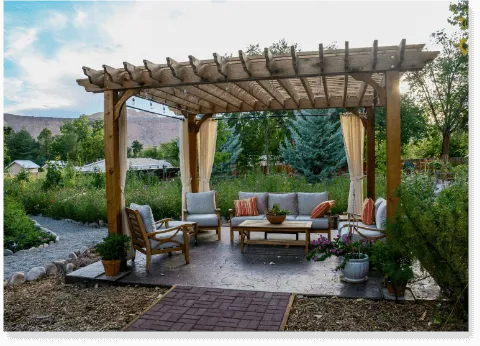
Hardscape materials must handle our conditions—freeze-thaw cycles occasional winters, intense sun and heat summers, dramatic moisture swings spring through fall, clay soil movement stressing structures. Flagstone performs excellently—natural beauty, slip resistance, handles temperature extremes, weathers gracefully aging attractively. Pavers offer versatility—numerous colors and patterns, easier repairs if damage occurs, good performance in Fort Worth conditions. Concrete is economical—plain, stamped, or stained options, adequate performance with proper installation, susceptible to cracking on clay soil without proper base.
Decking materials for elevated spaces—pressure-treated pine economical requiring regular maintenance, cedar natural beauty needing periodic sealing, composite low-maintenance expensive upfront but minimal ongoing work. Fort Worth sun is brutal on decking—UV damage, heat retention, fading over time. We specify materials appropriate for exposure and maintenance preferences.
Fencing and walls for privacy—wood fencing traditional and economical requiring maintenance every few years, composite fencing maintenance-free at premium price, masonry walls permanent expensive providing excellent privacy and security. HOA rules often dictate fencing materials and styles—we design within restrictions creating maximum privacy and aesthetics allowed.
Outdoor fabric selections for shade structures and furniture—solution-dyed acrylics resist fading from intense Fort Worth sun, UV-resistant materials lasting years not months, mildew-resistant fabrics handling humidity, quality materials justifying higher cost through longevity. Cheap fabrics fade and deteriorate quickly—false economy requiring frequent replacement.
Plant selections must survive Fort Worth—heat tolerance essential, clay soil adaptation important, occasional freeze hardiness required, drought tolerance valuable reducing irrigation needs. We specify proven performers—Texas natives and adapted varieties thriving here, avoiding marginal plants likely struggling, creating landscapes succeeding long-term not just looking good at installation.
Addressing Fort Worth's Unique Challenges
Clay soil management critical for everything—hardscape requires substantial bases preventing settling and cracking, plantings need soil amendment or raised beds, drainage systems essential preventing standing water and foundation issues. We design comprehensively addressing clay—proper bases for all hardscape, adequate drainage throughout, appropriate planting strategies.
Summer heat makes shade mandatory—afternoon sun particularly brutal on west-facing yards, unshaded spaces unusable June through September, trees and structures providing relief extending usability. We prioritize shade in designs—existing mature trees preserved and incorporated, new shade trees positioned strategically, structures providing immediate shade while trees mature. Properties in older neighborhoods like Monticello and Arlington Heights often have beautiful mature trees—we design around preserving these valuable assets while creating functional spaces underneath.
Drainage prevents major problems—afternoon thunderstorms dumping 2-3 inches in hour, clay soil not absorbing water naturally, standing water breeding mosquitoes and killing plants, foundation moisture causing expensive structural damage. We design comprehensive drainage—proper grading throughout, French drains collecting subsurface water, catch basins in low spots, systems routing water away from structures and problem areas.
Wind patterns affect comfort and plant survival—strong south winds common spring and fall, west winds during fronts, protected spaces more comfortable and plants less stressed. We consider prevailing winds—positioning wind-sensitive plantings in protected areas, creating wind breaks where beneficial, avoiding exposed uncomfortable seating locations.
Privacy in newer developments requires intentional design—homes 15-20 feet apart common in new construction, two-story neighbors overlooking yards, minimal existing vegetation providing screening. We design privacy solutions—fence heights maximizing allowed coverage, strategic tree and large shrub placement, vertical screening elements, layered approaches creating seclusion without oppressive feel.
Wildlife considerations include deer in some areas—western Fort Worth and properties near parks facing deer browsing, plant selections must be deer-resistant or protected, fencing sometimes necessary for gardens. Mosquitoes are constant battle—eliminating standing water, incorporating drainage, considering misting systems for serious control, plant selections not creating mosquito habitat.
Landscape Integration and Planting Design
Foundation plantings soften hardscape—beds along patios and walls, plantings screening equipment and utilities, layers creating depth and interest, seasonal color and texture. We design planting beds integral to backyard spaces—appropriate scale, Fort Worth-suitable plants, maintenance levels matching client commitment.
Shade trees provide long-term benefits—cooling effects reducing ambient temperature, dappled shade more comfortable than full sun, structure and presence anchoring designs, increasing property value significantly. We specify appropriate shade trees—live oak for large spaces and long-term investment, cedar elm for tougher sites, crape myrtle for smaller areas and multi-season interest, sizes and locations carefully considered for mature dimensions.
Screening plants create privacy and definition—evergreen shrubs providing year-round coverage, ornamental grasses adding height and movement, layered plantings creating depth, strategic positioning blocking specific views. We design screening thoughtfully—adequate coverage without fortress feel, plants suited to exposure and space, mature sizes anticipated preventing overgrowth.
Ornamental beds add color and softness—perennials providing seasonal interest, ornamental grasses offering texture and movement, groundcovers filling spaces and suppressing weeds, mulch finishing beds attractively. We design ornamental plantings appropriate for Fort Worth—heat and drought tolerance, clay soil performance, irrigation needs realistic.
Container gardens add flexibility—pots on patios providing seasonal color, mobility following sun or moving for protection, herbs near outdoor kitchens, specimen plants creating focal points. We incorporate containers strategically—appropriate locations, groupings by water needs, attractive vessels complementing overall design.
Edible landscaping integrates food production with ornamental plantings—fruit trees providing shade and harvest, blueberries as foundation shrubs, herbs in flower beds, attractive and productive. We design edible landscapes throughout Fort Worth—recognizing food production and aesthetics aren't mutually exclusive, creating beautiful functional spaces.
Lighting Design Extending Backyard Use
Ambient lighting creates overall atmosphere—soft general illumination, comfortable evening gatherings, avoiding harsh brightness destroying ambiance, layered approach providing depth. We design ambient lighting—downlighting from structures, uplighting specimen trees, indirect sources creating glow, dimmable systems allowing mood adjustment.
Task lighting serves functional areas—outdoor kitchen work surfaces, dining tables, cooking zones, adequate brightness for activities without excessive glare. We position task lighting appropriately—proper illumination levels, fixture placement avoiding shadows and glare, convenient controls.
Accent lighting highlights features—uplighting trees showing structure and texture, grazing textured walls, spotlighting water features or sculpture, creating visual interest and depth. We use accent lighting selectively—highlighting best features, avoiding over-lighting making yards look like stadiums, creating drama and sophistication.
Path lighting guides circulation—walkways illuminated for safety, steps and level changes clearly visible, adequate spacing preventing dark spots, low-level fixtures minimizing glare. We design path lighting functionally—safety priority, fixtures styled complementing overall design, reliable performance.
Safety and security lighting addresses concerns—entries and gates illuminated, dark corners eliminated, motion sensors for convenience and deterrence, adequate brightness without harsh glare. We incorporate security lighting subtly—functional without fortress appearance, integration with overall lighting design, smart controls for automation and convenience.
Control systems from simple to sophisticated—basic timers and photocells for automation, zone switches allowing independent control, smart systems with app operation and scene programming, integration with home automation. We specify appropriate controls—user-friendly operation, reliable automation, flexibility for various needs and preferences.
Ready to transform your Fort Worth backyard into outdoor living space you'll actually use? Let's discuss your property, lifestyle, goals and challenges. We'll design backyards specifically for Fort Worth conditions—addressing our clay soil and drainage challenges, incorporating shade for brutal summers, selecting plants thriving here, creating functional beautiful spaces matching how you live. Backyards designed for real life—not magazine photos that don't work in Texas heat—outdoor spaces becoming favorite rooms in your home.
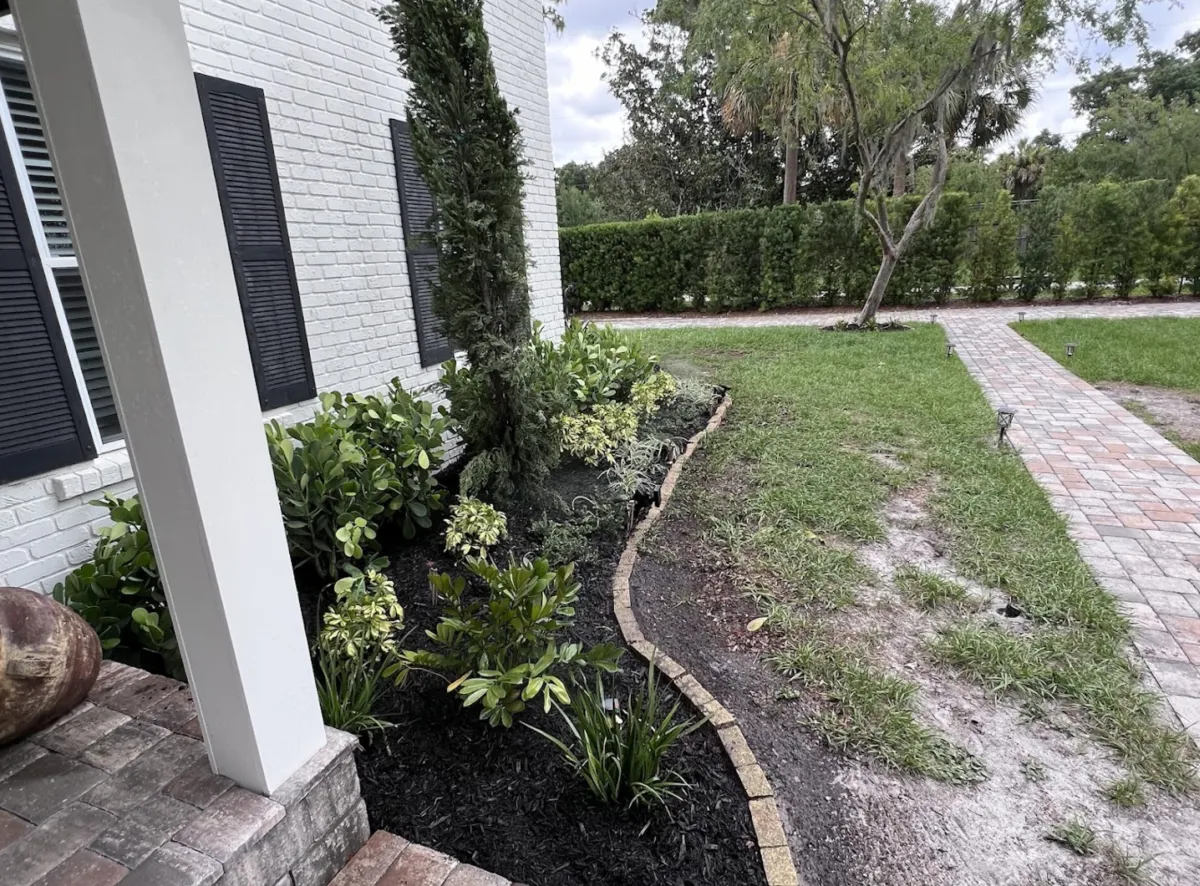

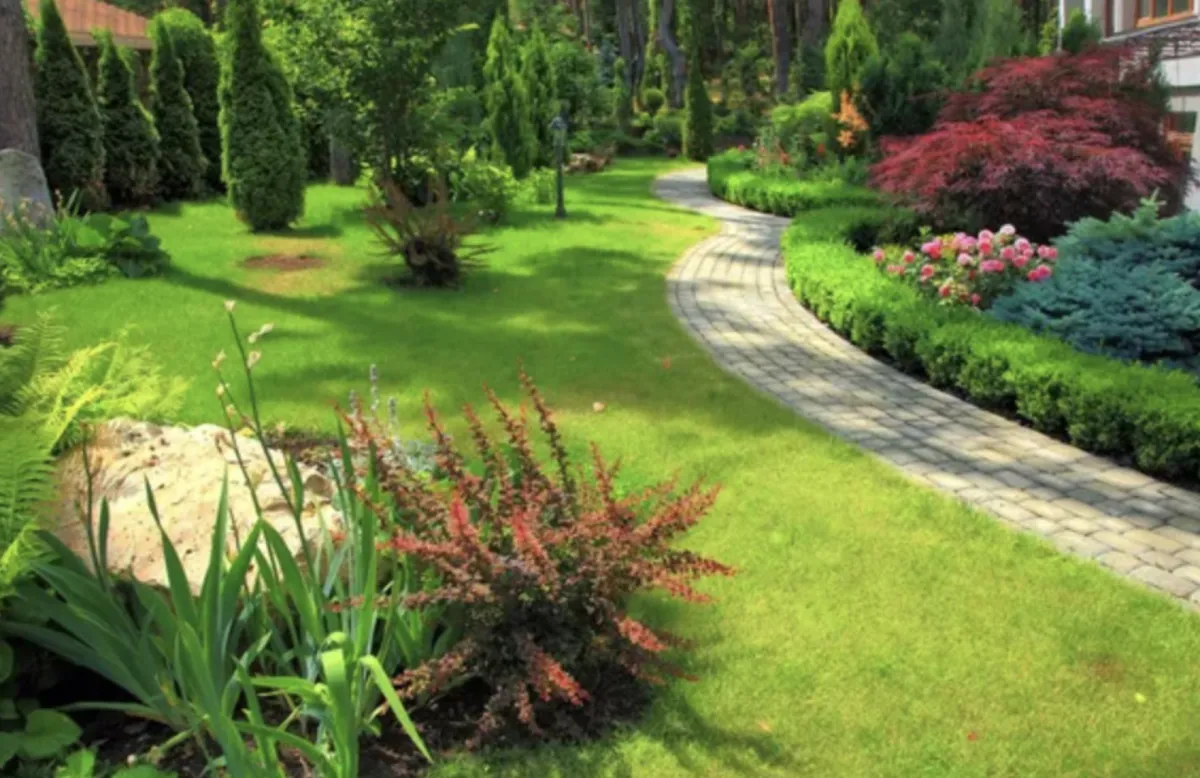
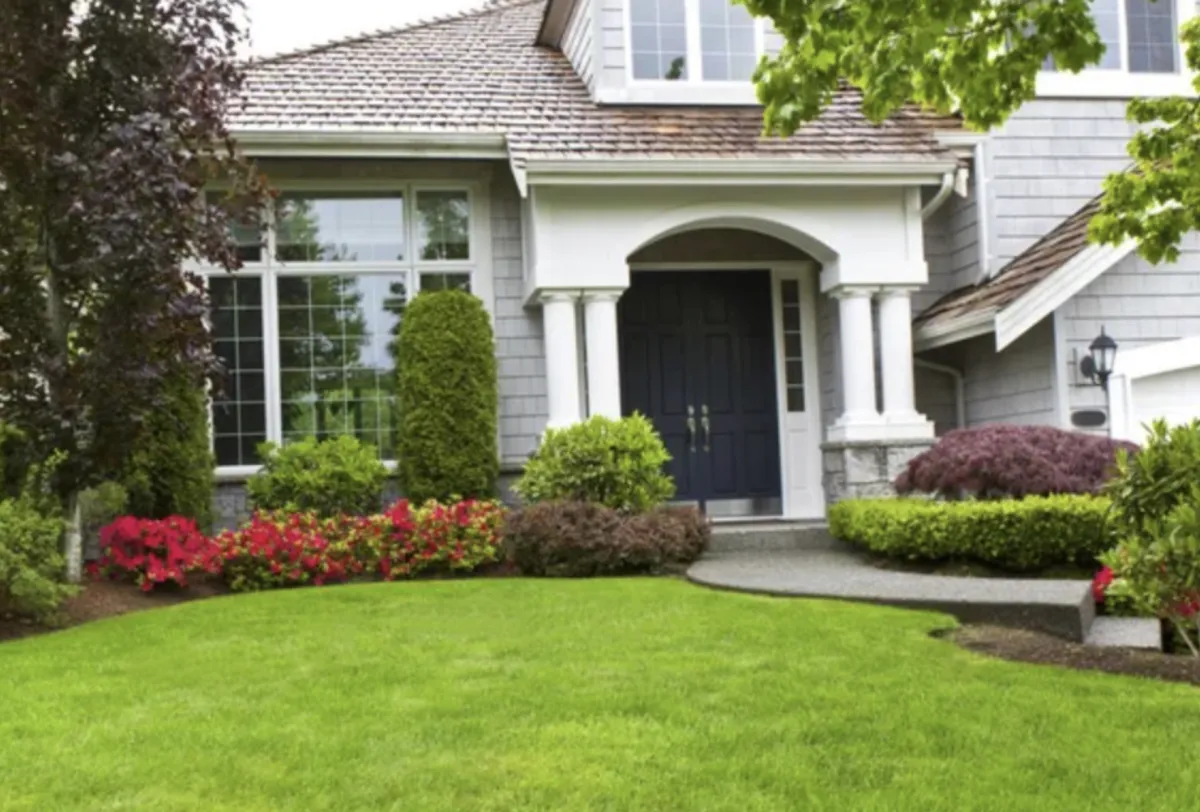
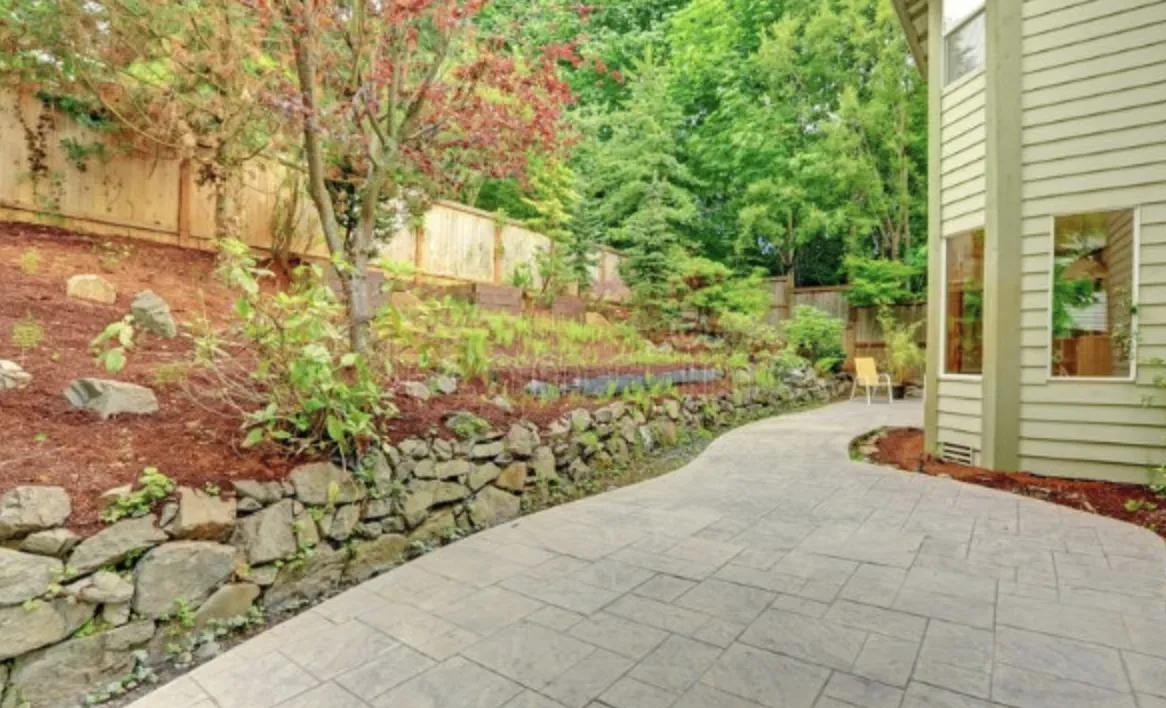

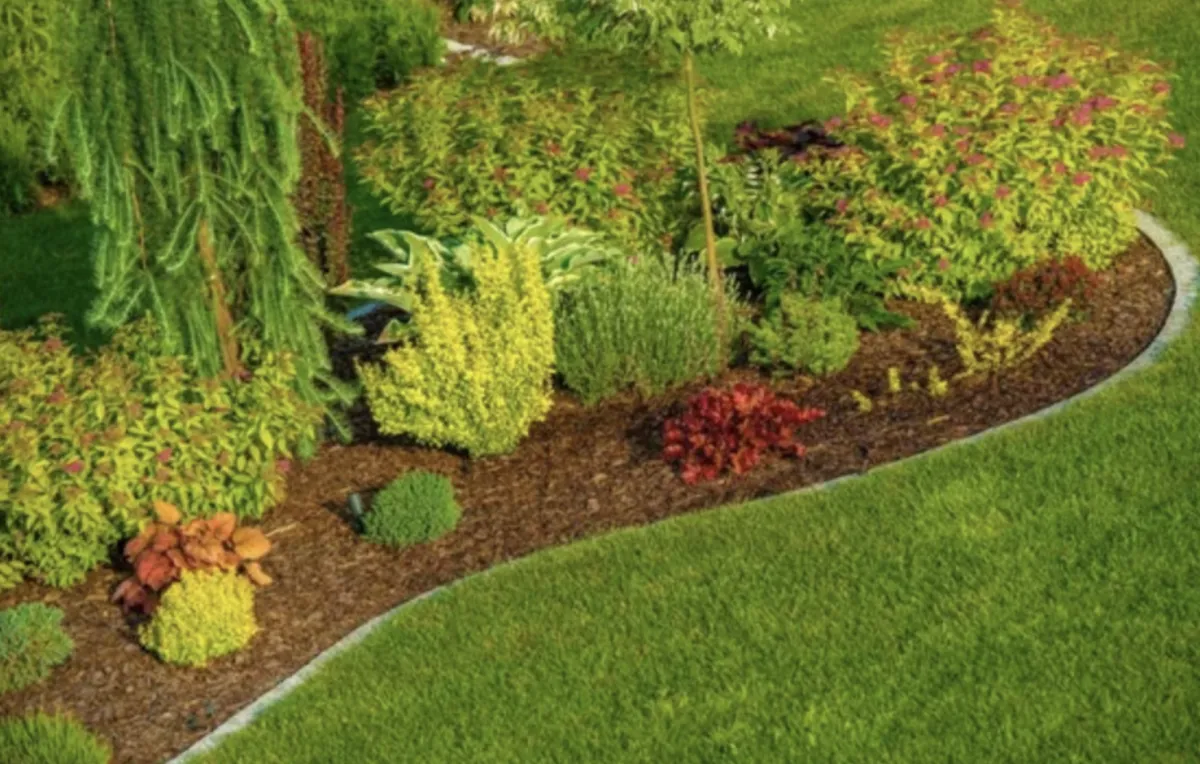

See What Our Customer Say About Us
Sarah M., Fort Worth, TX

“I can’t say enough good things about HF Landscape Design Fort Worth. They totally transformed our backyard into something out of a magazine — and they did it on time and within our budget. The team showed up early every day, cleaned up after themselves, and really listened to what we wanted. You can tell they actually care about the little details, not just getting the job done. Our neighbors keep stopping by asking who did the work — we tell everyone to call HF Landscape Design. Best decision we made for our home!”
Daniel R., Fort Worth, TX

“HF Landscape Design Fort Worth really blew us away. We had a plain front yard before, and now it looks like something you’d see in a design show. They helped pick the right plants for the Texas heat and even added lighting that makes the place glow at night. Super easy to talk to and very professional — they made the whole thing stress-free. We’d hire them again in a heartbeat.”
Megan & Tyler H., Fort Worth, TX

“Our backyard was just dirt and weeds before HF Landscape Design came in. Now it’s the spot where we spend every weekend with friends. They built a patio, added flower beds, and somehow made it all feel natural like it was always meant to be there. You can tell they love what they do — every detail was perfect. Highly recommend them to anyone in Fort Worth wanting a yard they’ll actually use.”
Get Professional Backyard Design
Stop looking at backyards that don't match your needs or dealing with drainage problems making spaces unusable. Get professional backyard design that creates functional outdoor living areas for Fort Worth conditions.
Call (817) 580-3329 to schedule a backyard design consultation. We'll assess your property, discuss how you want to use your outdoor space, and create designs that solve problems while adding functionality.
Service Areas: Fort Worth, Tanglewood, Ridglea Hills, River Crest, Westover Hills, Berkeley, Monticello, Mistletoe Heights, and surrounding communities.
Frequently Asked Questions
What is the average cost of landscape design?
Landscape design costs in Fort Worth typically range from $2,000 to $8,000 depending on property size—project complexity—level of detail required. Simple front yard designs for smaller properties might run $1,500 to $3,000. Comprehensive landscape plans for larger properties with detailed planting plans—hardscape designs—irrigation layouts—lighting plans usually cost $5,000 to $10,000 or more. We typically credit design fees toward installation if you proceed with us for the work. Design-only services cost more since we're not recouping fees through installation. Most clients in areas like Tanglewood or Westover Hills invest in detailed designs because their properties warrant professional planning. Newer neighborhoods with simpler yards might need less extensive design work.
What does it cost for a landscape design?
Design fees depend on project scope and what you need included. Basic conceptual designs showing general layout—plant groupings—hardscape locations run $1,500 to $3,000 for typical residential properties. Detailed construction-level plans with exact plant specifications—hardscape dimensions—grading plans—irrigation zone maps cost $4,000 to $8,000 or higher for complex projects. Commercial landscape design involves additional complexity and typically costs more. We discuss your specific needs during initial consultation and provide design fee quotes based on actual scope. Design fees get credited toward installation when you hire us for the work. Fort Worth properties with challenging conditions—significant slopes—drainage issues—often need more detailed planning which affects design costs.
What is the difference between a landscape architect and a landscape designer?
Landscape architects have formal education—state licensing—ability to stamp engineering drawings for permits. They handle complex projects requiring grading engineering—structural calculations—commercial site development—regulatory compliance. Landscape designers focus on plant selection—aesthetic layout—residential design without engineering components. In Fort Worth, landscape architects are required for certain commercial projects—retaining walls over specific heights—projects needing engineered drainage solutions. Residential projects usually work fine with landscape designers unless you've got significant slope issues—major grading needs—structures requiring engineering stamps. Landscape architects cost more but bring technical expertise for complex projects. Most residential landscapes in neighborhoods like Arlington Heights or Ridglea work well with landscape designers. Larger estates or properties with serious site challenges benefit from landscape architectural services.
Why is landscape design so expensive?
Professional landscape design involves considerable time—expertise—detailed planning work. Designers spend hours on site assessment—measuring—analyzing drainage and sun patterns—researching plant options for specific conditions. Creating scaled plans requires CAD software skills—design knowledge—understanding of Fort Worth's climate and soil conditions. Good designers prevent expensive installation mistakes—plant failures—drainage problems that cost far more to fix later. You're paying for years of experience knowing what works in North Texas clay soil—which plants survive July heat—how to design irrigation zones efficiently. Design fees also cover revisions—client meetings—coordination with contractors during installation. Cheap or free designs often mean cookie-cutter plans—inexperienced designers—or design costs hidden in inflated installation prices. Professional design upfront saves money long-term by getting things right the first time.
What is the rule of 3 in landscaping?
The rule of three suggests planting in odd-numbered groups—typically three plants—creates more natural and visually appealing arrangements than even numbers. Three plants or features create triangular compositions—visual interest—balance without formal symmetry. This applies to groupings of the same plant variety or repeating design elements throughout the landscape. In Fort Worth landscapes, you might see three crape myrtles anchoring a bed—three groupings of ornamental grasses—three boulders in a natural arrangement. The rule helps avoid the static look of paired plantings or single specimens. Works for plants of various sizes—repetition of colors—hardscape feature placement. Not a strict requirement but a helpful design principle creating more dynamic landscapes. We use the rule of three alongside other design principles—proper spacing—mature size consideration—Fort Worth-appropriate plant selection.
What is a realistic landscaping budget?
Realistic budgets for Fort Worth landscape projects typically start around $10,000 for basic front yard renovations and run $20,000 to $50,000 for complete front and backyard transformations with hardscaping. Simple refreshes—new plants—mulch—irrigation repairs might cost $5,000 to $8,000. Projects including patios—retaining walls—outdoor kitchens—extensive plantings easily reach $50,000 to $100,000 or more. Budget depends on property size—existing conditions—how much hardscape you want—plant material quality and maturity. Fort Worth's clay soil often requires additional drainage work affecting costs. Established neighborhoods like Monticello with mature landscapes might need less work than new construction in Walsh Ranch starting from dirt. Quality materials and experienced installation cost more upfront but last longer and perform better in our climate.
